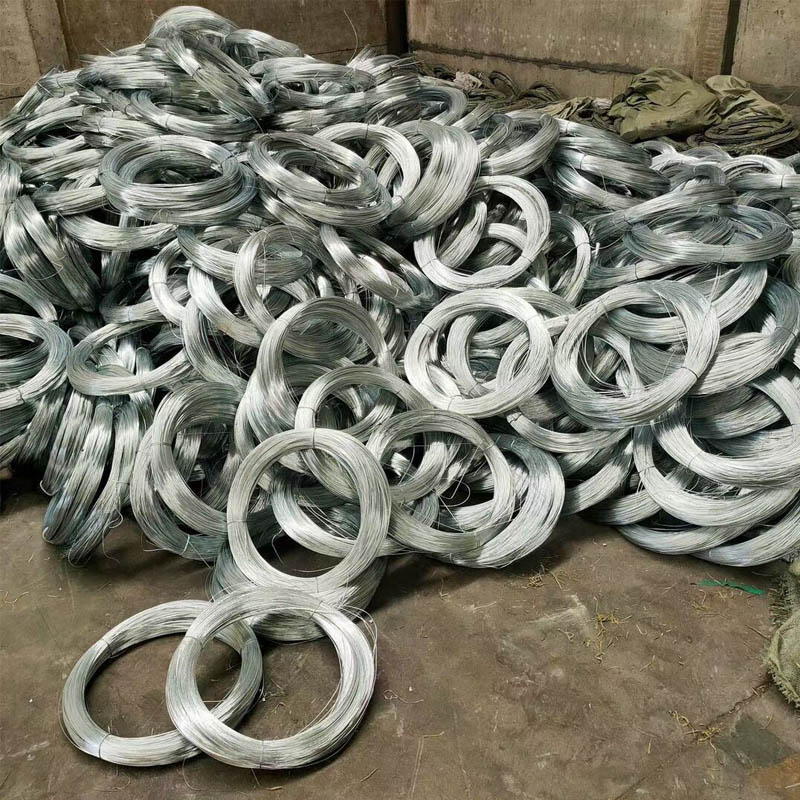
- Mobile Phone
- +8613931874955
- sales@cntcmetal.com
wire mesh masonry wall
Wire Mesh Masonry Wall A Modern Solution for Construction
In the ever-evolving field of construction, innovative techniques and materials consistently emerge to meet the demands of durability, efficiency, and sustainability. One such advancement is the wire mesh masonry wall, a building solution that combines the traditional strength of masonry with the flexibility and resilience of wire mesh reinforcement. This article explores the features, benefits, and applications of wire mesh masonry walls, highlighting their growing popularity in modern construction.
Understanding Wire Mesh Masonry Walls
Wire mesh masonry walls consist of traditional masonry units—such as bricks or concrete blocks—reinforced with steel wire mesh. This combination enhances the structural integrity of the wall while allowing for improved flexibility and load distribution. The wire mesh is usually placed within the mortar joints or embedded in the masonry units during construction. This integration provides significant strength and helps to prevent cracking, especially in areas prone to seismic activity or heavy loads.
Key Benefits
1. Enhanced Structural Integrity One of the most notable advantages of wire mesh masonry walls is their ability to withstand stress and strain. The wire mesh reinforcement helps to distribute loads evenly across the wall, preventing localized failure. This characteristic makes them particularly suitable for regions with high seismic risk.
2. Improved Flexibility Unlike traditional masonry walls that can become brittle over time, wire mesh masonry walls retain flexibility. This quality is vital in allowing buildings to absorb vibrations and movements caused by earthquakes or heavy winds, thus reducing the risk of damage.
3. Cost-Effectiveness The use of wire mesh can reduce the amount of concrete or masonry needed, leading to lower material costs. Additionally, the quicker installation process reduces labor costs and speeds up construction timelines, making it an economically advantageous option for builders.
wire mesh masonry wall

4. Sustainability With the growing emphasis on sustainable construction techniques, wire mesh masonry walls offer an eco-friendly alternative. The materials used can often be sourced sustainably, and the longevity and durability of the walls reduce the need for repairs or replacements, contributing to lower resource consumption over time.
5. Versatility Wire mesh masonry walls can be adapted to various architectural styles and building types. Whether it’s residential buildings, commercial structures, or industrial sites, these walls can be designed to meet specific aesthetic and functional requirements.
Applications
Wire mesh masonry walls are increasingly being used in a variety of settings. In seismic-prone regions, they provide an essential solution for residential and commercial buildings, ensuring safety and stability. They are also popular in the construction of retaining walls, where their strength and flexibility can accommodate soil movement and pressure changes.
Moreover, in the context of industrial construction, wire mesh masonry walls are used in the construction of storage facilities, warehouses, and factories. Their resistance to both natural elements and human activities makes them suitable for heavy-duty applications.
Conclusion
As the construction industry continues to seek innovative approaches to building practices, wire mesh masonry walls emerge as a reliable and efficient option. The combination of traditional masonry strength with modern reinforcement techniques not only enhances structural performance but also addresses economic and environmental concerns. With their versatility and proven effectiveness, wire mesh masonry walls represent a forward-thinking solution that meets the needs of contemporary construction. As more builders and architects recognize their benefits, it is likely that these walls will play a significant role in the future of sustainable and resilient building practices.
share:
-
Why Sacrificial Formwork Is Redefining Underground ConstructionNewsJun.06,2025
-
The Structural Dynamics of Modern Concrete: How Snake Spacers Revolutionize Flexible ReinforcementNewsJun.06,2025
-
Snake Spacers Smart-Lock Concrete Reinforcement with Surgical PrecisionNewsJun.06,2025
-
Snake Spacers: Reinforcement Precision for Modern Concrete ProjectsNewsJun.06,2025
-
Snake Spacers Powering Concrete's Structural DNANewsJun.06,2025
-
Slither into Success: Snake Spacers' Precision Bite for Unbreakable ReinforcementNewsJun.06,2025
-
Sacrificial Formwork: Building Stronger, Faster, and Safer StructuresNewsJun.06,2025



















